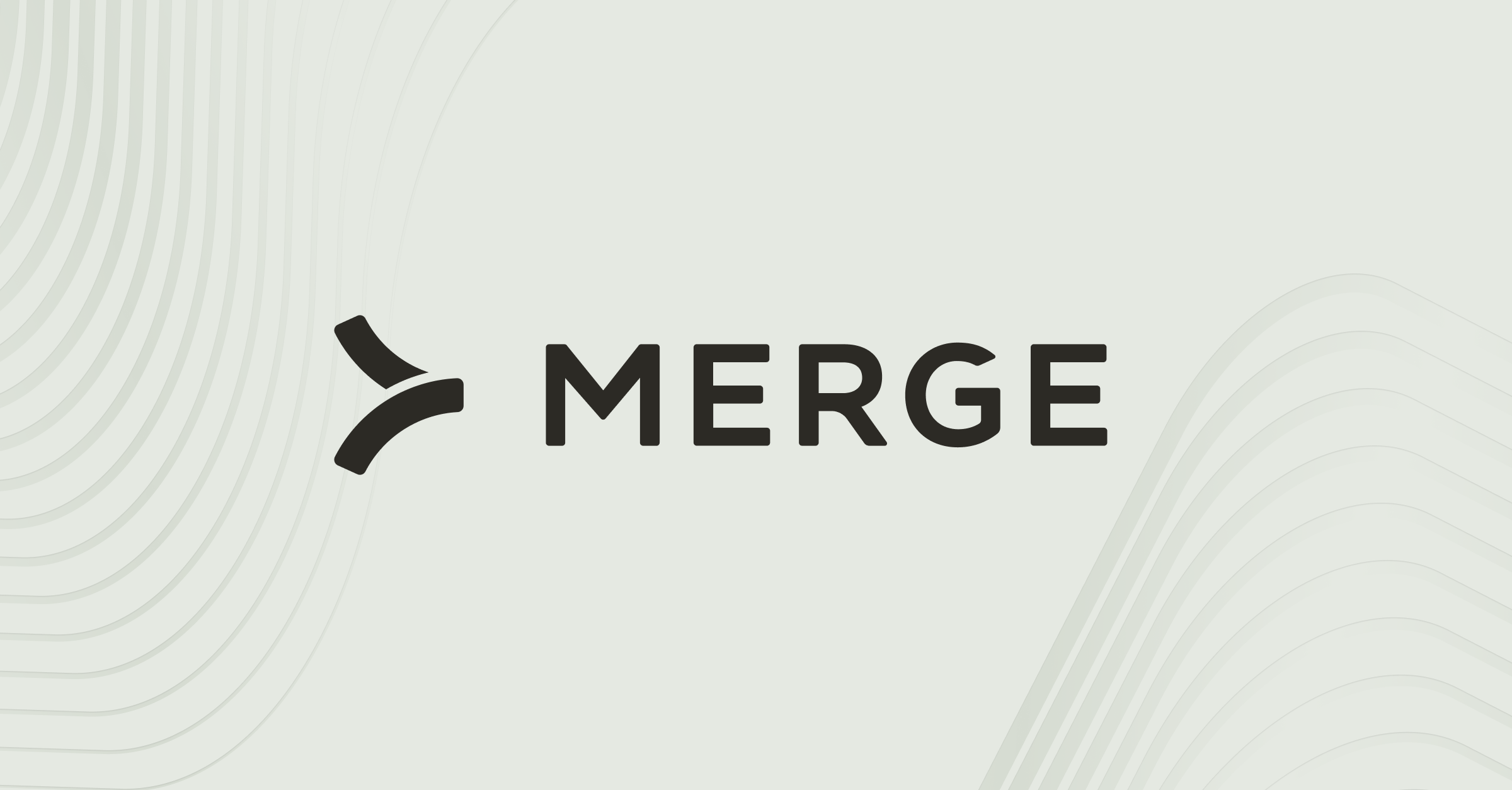Table of contents
5 benefits of retrieval-augmented generation (RAG)

As you likely know from first-hand experience and countless stories in the media, models like GPT-4, Gemini, and Llama 2 can provide inaccurate, incomplete, or irrelevant responses to your prompts.
Fortunately, there’s a solution for mitigating this issue: retrieval-augmented generation (RAG).
Using RAG, you can feed your model data from sources that extend well beyond the model’s initial training—from your internal knowledge database to specific websites, like Wikipedia. As a result, your model can access more reliable information during the generation process and produce output that’s more likely to be accurate and useful.
We’ll further explore why RAG can help your model—regardless of which you use—provide more accurate outputs and break down its other benefits.
Prevents your model from hallucinating
In the absence of RAG, models typically rely on their training data sets.
The training data can be fixed or rarely updated, leading the LLM to produce out-of-date outputs. The training data may also not include information that’s relevant to a user’s prompt, leading the LLM to generate completely or partially false output (i.e., hallucinate).
Assuming the data sources you use to perform RAG are consistently updated and comprehensive, the LLM is more likely to generate accurate and helpful output.
Take, for example, Telescope, a sales automation platform that uses a machine learning model to recommend leads.
The platform integrates with customers’ CRM systems and then ingests a wide range of data within these systems, such as the opportunities that have closed, those that haven’t, and specific attributes of each account, (e.g., company size). Moreover, the model can scrape specific sites to get information on working professionals.
Using all this information, along with specific prompts from users, Telescope’s machine learning model can offer highly-relevant lead recommendations to its clients.

Related: Retrieval-augmented generation best practices
Allows your model to cite sources
A model can use RAG to not only access and process information from external sources but also display these sources to users. This should give users more confidence in the response, and it allows them to dive deeper on the topic if they’d like.
For example, Assembly—which offers a portfolio of HR solutions to help teams communicate, manage workflows, find information, and more—wanted to make their intranet product more reliable and useful to end users.
They integrated with clients’ file storage solutions. And from there, they’re able to process the documents’ information and embed the documents in a vector database, which they can then use to power their natural language search.
The result is an intelligent search experience that can directly answer employees’ questions and link to the document(s) used in generating its responses.

Expands your model’s use cases
By feeding your model a wide range of external information, it can handle a more diverse set of prompts successfully.
For instance, your model might be able to successfully explain how financial metrics, like runway or burn rate, are calculated based on their training data. But if you incorporate additional data sets, your model can provide more personalized, detailed, and actionable insights.
Causal, a financial planning tool, exemplifies this. They integrate with clients’ accounting systems, like Quickbooks and Xero, and then ingest clients’ P&L statements. Their machine learning model can then, based on their users' prompts, calculate financial metrics—such as gross profit, burn rate, or runway—and present them in a customizable model.

Related: Common RAG use cases
Enables you to maintain your model with ease
Many data sources, such as your systems of record or that of your clients (e.g., CRM), are routinely updated. Allowing your model to access these types of sources, therefore, enables it to continue delivering reliable outputs over time.
Equally important, your developers don’t need to get involved in this process; as data gets updated and added in these source systems, your model can easily find and use it.
In other words, your developers don’t have to worry about the data your models are ingesting and can instead focus on other tasks, like fine tuning the model or—if you’re using multiple models—orchestrating your models to work together effectively.
Powers innovative AI features in your product
As our examples highlighted, you can leverage RAG to power cutting-edge product features.
These features can delight clients, influence product adoption, improve your time-to-value, and more to help you retain and upsell customers successfully.
In addition, using Merge, the leading unified API solution, you can access the data your model needs to power stand-out features.
Merge allows you to add hundreds of integrations to your product in a single build as well as maintain and manage each integration with ease, all but ensuring that your model receives a comprehensive set of data without interruptions. Moreover, Merge provides normalized data to your product, which allows the less predictable parts of your LLM to be at least partially offset, enabling your LLM to generate high quality output more consistently.
Learn more about how Merge powers AI features for companies like Guru, Causal, Kraftful, Telescope, Assembly, among others, and uncover how Merge can provide your product with LLM-ready data by scheduling a demo with one of our integration experts.







.jpg)
